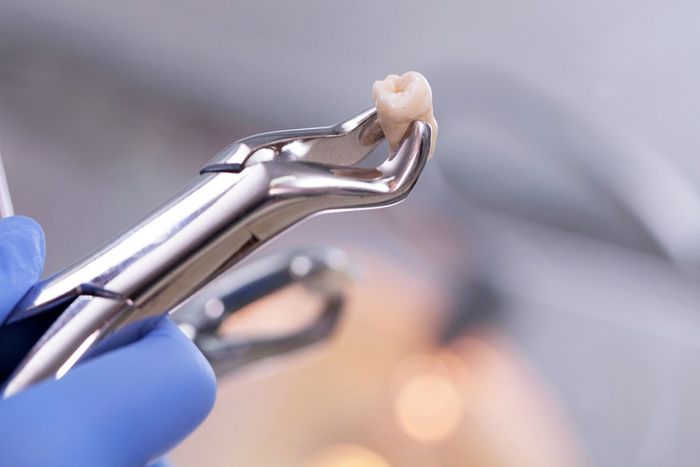Tooth Extractions

Healthcare providers try to save your natural teeth as much as possible. However, if your tooth has been severely damaged and past the point of repair, then removal may be necessary. Your dentist may recommend tooth extraction if you have:
- Severe tooth decay (cavities)
- A fractured tooth
- An impacted tooth.
- Crowded teeth.
- Severe gum disease
- Tooth luxation or other dental injuries
What happens during a tooth extraction?
First, local anesthesia is given to numb affected teeth and surrounding gum tissue. Using special dental instruments, your dentist will gently loosen your tooth and carefully lift it from its socket. Sometimes, your dentist might need to make incisions in your gums to access your tooth – especially if your tooth is badly decayed or has broken off at the gum line. Once your tooth is removed, the socket will be cleaned and disinfected. In some cases, your dentist may also place a bone which helps prevent bone loss in your jaw. Finally, stitches may be placed to help promote healing.

Tooth Extraction Recovery & After Care
It is important to keep your mouth as clean as possible while you are undergoing tooth extraction recovery. Pain and swallowing during your tooth extraction recovery is normal. Your dentist will provide you with post-operative instructions and medication (if necessary), to help manage any swelling or discomfort
If you need extraction, give us a call at Elegant Dental Center to schedule your free consultation.
